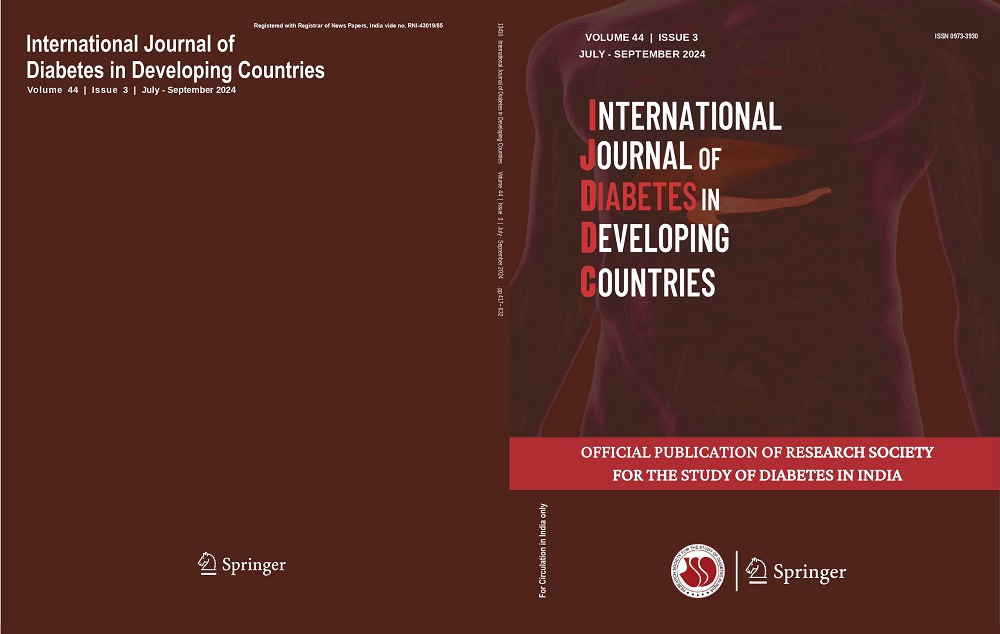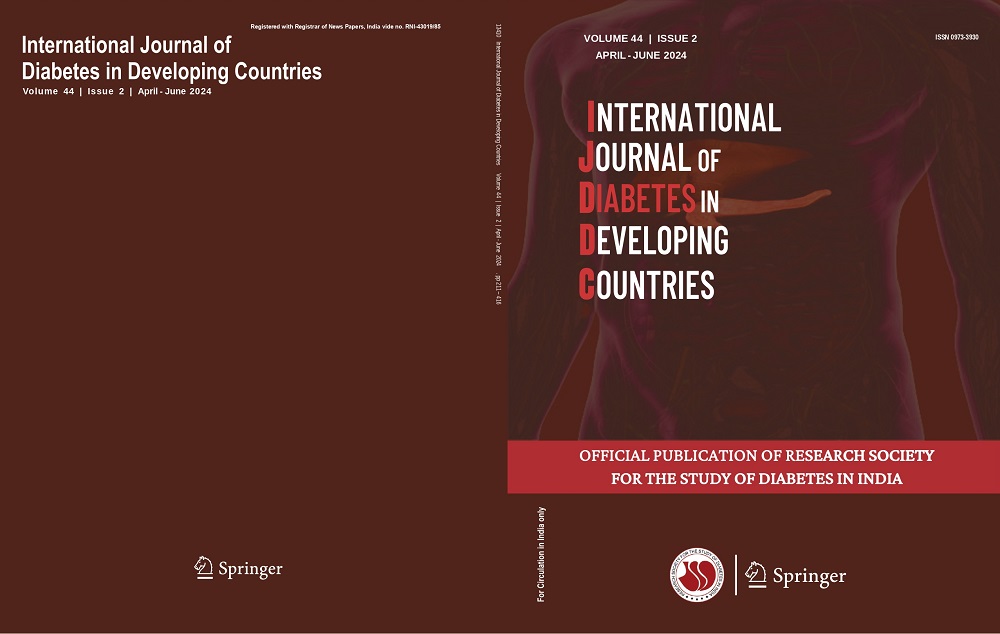Omid Khosravizadeh, Bahman Ahadinezhad, Aisa Maleki, Sama Yousefy, Zeinab Momeni
Keywords
Diabetes self-care activities • SDSCA • Type 2 diabetes • Systematic review • Meta-analysis
Abstract
Objectives The important role of prevention in controlling chronic diseases such as diabetes, the major impact of self-care behaviors as preventive behaviors, and the lower cost of self-care measures should be considered. Therefore, this study was conducted to systematically review and meta-analyze the status of diabetes self-care activities status in type 2 diabetic patients worldwide.
Methods As far as we know, our study is the first systematic based meta-analysis estimating the pooled score of diabetes selfcare activities (SDSCA) and its dimensions among type 2 diabetic patients. Keywords were searched in Scopus, Web of Science, Google Scholar, PubMed, Cochrane, Ovid, and ProQuest databases from 2012 to 2022. The self-care pooled score estimates through a fixed-effects meta-analysis using STATA 15. Also, I2 statistic was used to determine heterogeneity across the articles.
Results Seventeen studies on the diabetes self-care activities were included in the meta-analysis. Variation in pooled mean attributable to heterogeneity for exercise and self-care is zero, while the variation for foot cares, general diet, and blood testing were estimated to be 53, 20.6, and 81.4%, respectively (p < 0.01). The random effects based pooled mean was estimated as follows: foot care (FC) 2.02 (95% CI: 1.05, 2.98), general diet (GD) 3.91 (95% CI: 3.21, 4.60), and blood testing (BT) 1.82 (95% CI: 0.64, 3.01). As well as based on the fixed effects, the pooled mean of exercise (E) and the total score of self-care (TSC) were obtained 2.12 (95% CI: 1.77, 2.47) and 3.35 (95% CI: 2.96, 3.74), respectively.
Conclusion The overall level of self-care was moderate and far from ideal. Dimensions of foot care, exercise, and blood glucose testing were also below average. Based on this evidence, policies to prevent diabetes should be directed toward educating patients on preventive activities. On the other hand, it is necessary to ensure that patients’ interpretations are in line with doctors’ recommendations.




